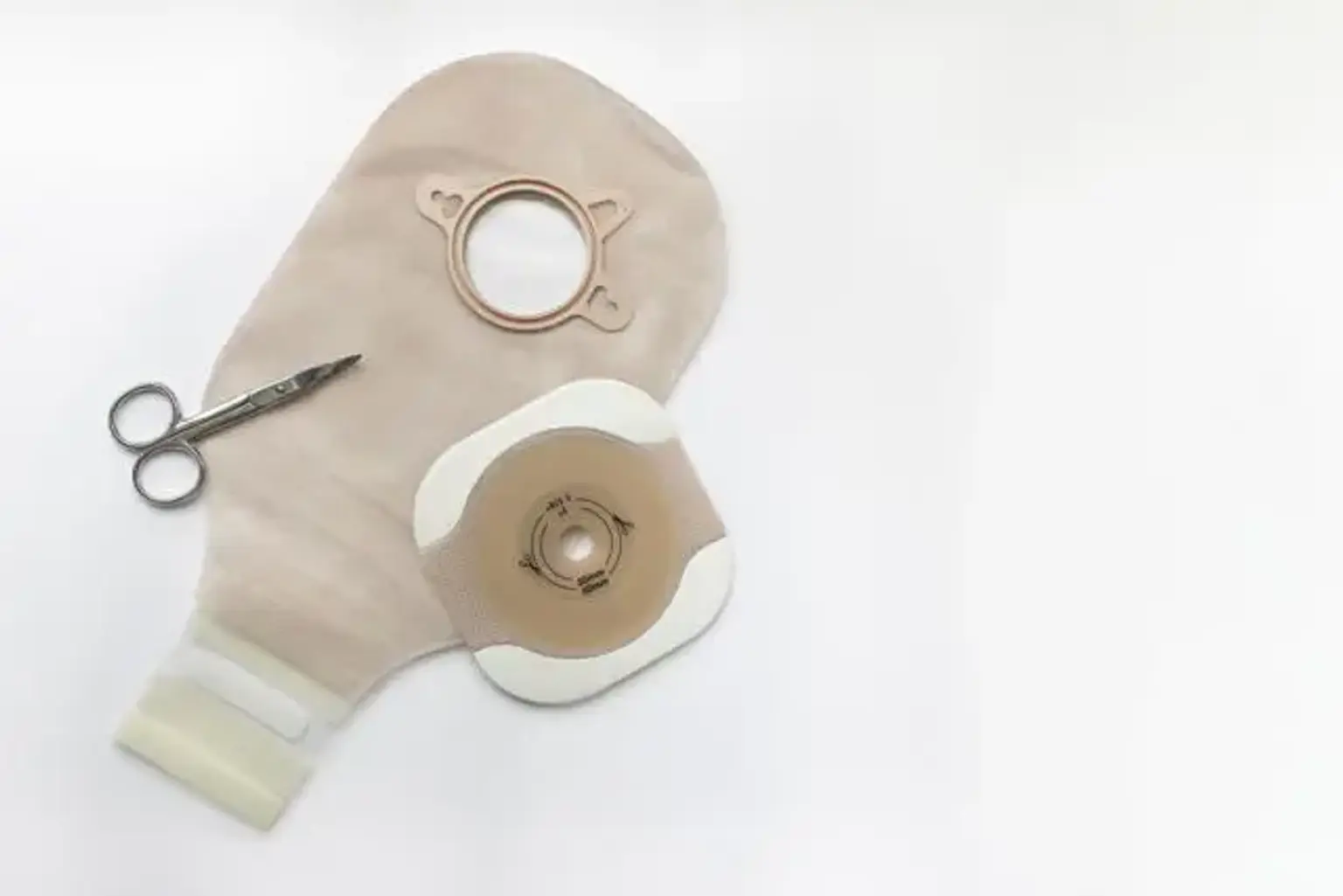Ileostomy Repair
Low colorectal, coloanal, or ileorectal anastomoses are usually protected with a temporary diverting, or defunctionalizing, ileostomy. While they cannot avoid anastomotic leaks, they can help to reduce related morbidity including sepsis, peritonitis, poor new rectal function, and cancer recurrence. Loop ileostomies are preferred over loop colostomies because they are less voluminous, odorous, and susceptible to prolapse, as well as having fewer repair issues. The closure of a loop ileostomy is related to a 17% morbidity rate and a 0.5 percent mortality rate. The majority of patients have their ileostomies closed with a peristomal cut, but 3.8 percent need a laparotomy. Wound infection and small intestinal blockage, which account for 5 and 7 percent respectively, are the most common problems associated with ileostomy closure. Cigarette smoking more than doubles the chance of postoperative wound infection.
In the case of ruptured diverticulitis or other left colon rupture, a temporary colostomy, such as a Hartmann's operation, is often used. With a morbidity rate of more than 51%, reversing Hartmann's surgery can be challenging, and as a consequence, many patients never get their stoma reversed. Sepsis, wound infection, and ileus are the most common consequences following Hartmann's reversal procedure. Hartmann's repair is frequently being done laparoscopically, which results in less morbidity, shortened hospital stay, and a faster recovery of bowel function.
